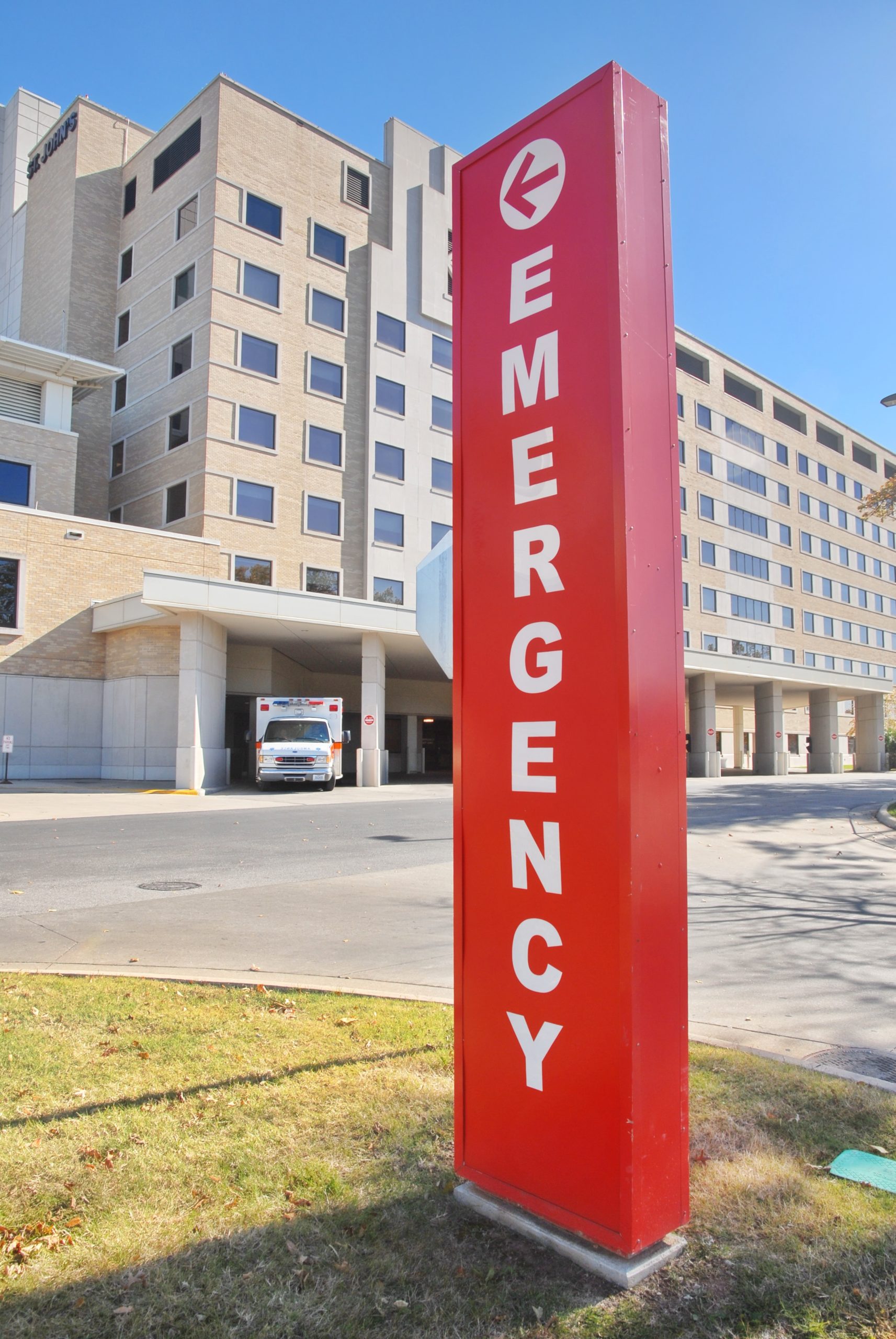Hospitals that produce higher patient-experience scores do better financially than hospitals that don’t. And as the American healthcare system evolves, it’s likely that the financial gap between high and low performers will widen.
Of course, as everyone knows, Medicare is now penalizing hospitals with poor HCAHPS scores. But don’t assume that’s the only reason for the difference. In fact, those penalties account for only about 7% of the association between patient experience and financial performance, according to a 2016 white paper from Deloitte.
So what are the driving factors? According to Deloitte, which relied on both descriptive and regression analyses, hospitals with the highest satisfaction scores tend to treat customer experience as an investment. By so doing, they increase their costs, naturally, but they increase revenue even more. How much more? Controlling for hospital and market characteristics, Deloitte determined that better-performing hospitals spend $357 more per adjusted patient day, but earn an additional $444 as a result. A highly engaged staff also appears to boost patient-satisfaction scores, they say, especially when it comes to patient interactions with nurses.
The bottom line is that hospitals with “excellent” patient-experience ratings have net profit margins that are two and a half times higher than hospitals with “low” ratings (4.7% vs. 1.8%), says Deloitte. Moreover, a 10% improvement in the number of patients that grade their hospitals with either a 9 or a 10 (out of 10) correlates with a 1.4% increase in profit margin and a 1.3% increase in return on assets.
Hospitals, Deloitte concludes, should consider investing in the tools and technology they need to improve patient experience. For example, they should make it easier to schedule appointments, emphasize shared decision-making, offer convenient ways to pay, and provide effective follow-up care. And patient expectations are increasing, they add somewhat ominously. They cite a 2015 survey that found that more than half of respondents would be inclined to switch hospitals if they weren’t satisfied with information-sharing and communication, or had trouble reaching providers by phone or email.
Increased demands
Health economist Paul Keckley, PhD, expects patients to get more demanding and satisfaction scores to gain even greater significance as the healthcare landscape evolves. He cites three factors:
- Increased emphasis on social media: Younger patients are “digi-holics,” he says. To satisfy them, hospitals will need to have social media strategies, interactive websites, and connectivity between electronic health records and personal health records.
- Changes in insurance coverage: Data captured by plans and hospitals and informally connected through social media will have a profound impact on how individuals access providers and select coverage, he says. Employers may maintain a dominant role, but they’ll shift accountability to employees to encourage smart shopping. Narrow networks, reference pricing, price transparency, and high-deductible plans will force employees and their dependents to demand value.
- Analytics that tie experiences to outcomes and cost: Vastly improved analytic tools will make it possible to see how treatment options correlate with optimal outcomes, increasing the importance of diagnostic accuracy in relation to peripheral matters like parking and food choices, says Dr. Keckley.
To satisfy increasingly sophisticated patients, he says, hospitals will need to “improve outcomes, increase adherence to evidence-based treatments, identify inappropriate physician and nurse performance, avoid penalties for avoidable complications and admissions, and evaluate the efficiency of the hospital’s operations.”
Top of the list
In the meantime, says, author and physician Suneel Dhand, there are some relatively easy ways to improve patient experiences. At the top of the list, he says, is to increase the time, or the quality of time, patients spend with physicians. Unfortunately, he says, the scale of documentation tasks required of doctors and nurses “has reached epidemic proportions,” adding that “there is something very wrong when doctors and nurses spend 4 or 5 times more of their day in front of a screen than with their patients.”
Medical scribes can dramatically improve the quality of physician-patient interactions and improve patient experiences. By allowing physicians to focus on faces rather than on keyboards, they enhance the opportunity to elicit details and demonstrate care and concern. Freed from the burden of documentation and data entry, physicians who employ scribes actually free up significant time that they can use to increase the length and quality of their interactions with patients and/or to see additional patients.



